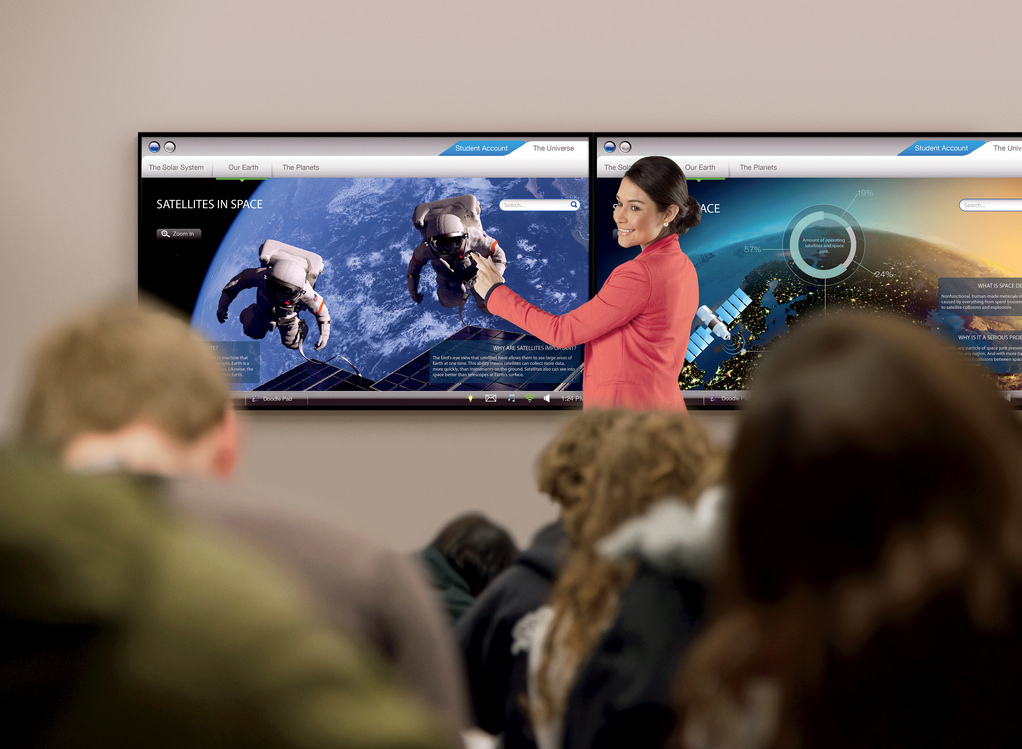Computer science and related fields are expected to be some of the strongest for employment growth in both the near and far future. However, some companies are still having trouble finding enough workers to fill their positions.
The good news is that educators can help solve this issue by simply giving students the education they need to succeed in a technology-centric world. A combination of in- and out-of-class activities can help encourage more students to study a computer science curriculum and be prepared to pursue further education and employment in computer-related fields. Here’s how you can encourage students in your district to develop their computer science skills.
1. Revamp the Computer Science Curriculum
One of the most important ways to encourage more students to study computer science is to make sure that the rest of the curriculum supports it. Help your teachers integrate coding and programming activities into language arts, mathematics and science instruction in elementary school so that students are exposed to computer science concepts at a young age. This will help them see that they have the power to create applications, not just use the applications already installed on their tablets and laptops.
Also, look at your required technology classes. Do they mainly teach the use of existing tools? If so, see how you can update them. Alfred Thompson, an education advisory committee member for Code.org, reminded us that most students already know how to use productivity tools, so we don’t need to waste their time teaching them how to use a word processor or a spreadsheet. Instead, when his school scrapped their old technology curriculum and included coding and creative computing tasks in the required course, they saw enrollment increase in their elective computer science courses. Thompson said the focus on creative endeavors in particular helped increase the enrollment of female students in those courses dramatically.
2. Connect Students with Role Models in the Field
There are many reasons students don’t choose to pursue computer science, but one that school districts can easily address is a lack of understanding about what a real computer scientist looks like. Media stereotypes of people who work in computing fields don’t always address the reality of the work or the people involved, and connecting students to real computer programmers, app developers and others working in the field can help students see themselves also working in those types of job. If you’re trying to increase interest in computing among girls, for example, try to find women working in computer science careers to connect with.
If you or one of your teachers knows someone local working in the field, you can arrange field trips to their work site, or ask the person to come to school and either give a presentation about their job or even co-teach an assignment with your computer science teachers. The opportunity to model real-world computer science skills and interact with students will do a lot to help students see that computer science is within reach.
If you don’t have a local company with computer science workers, you can use a virtual education platform to connect with professionals all over the country. Nepris, for example, allows teachers to request an expert to visit their classes virtually and share what they do in their work. Teachers can also collaborate with experts on classroom and extracurricular projects, or view previously recorded sessions on topics of interest to their students.
3. Encourage Computer-Focused Extracurricular Activities
For students who are bitten by the programming bug, classroom activities may not be enough. For these students, districts should provide extracurricular activities through either a computing or robotics club, or a school-based business that requires application developers. This will help students pursue their passions and develop a portfolio of work that will help them get into college.
A school-based business might be of particular interest to young women who are interested in computer-related careers but are turned off by the idea of being the only girl in the robotics club. Because a business generally requires more than just computing workers, there may be more girls on staff in other roles. Additionally, the focus on the product or service they’re creating can be especially motivating.
4. Focus on Success
This year marks a big milestone in our efforts to get more students — particularly young women — to pursue computer science careers. Stanford University has reported that computer science is the most popular major among their female students, with a total of 214 women in the major. As these women complete their education and enter the workforce, we’ll have an even more diverse set of role models to encourage younger students to study computer science curriculum and pursue these in-demand and lucrative jobs.
What has been successful in your school or classroom? Share your tips and tricks with us in the comments.








